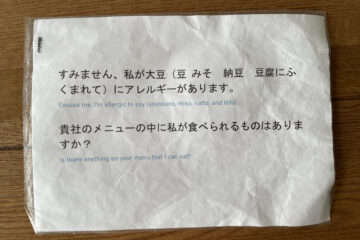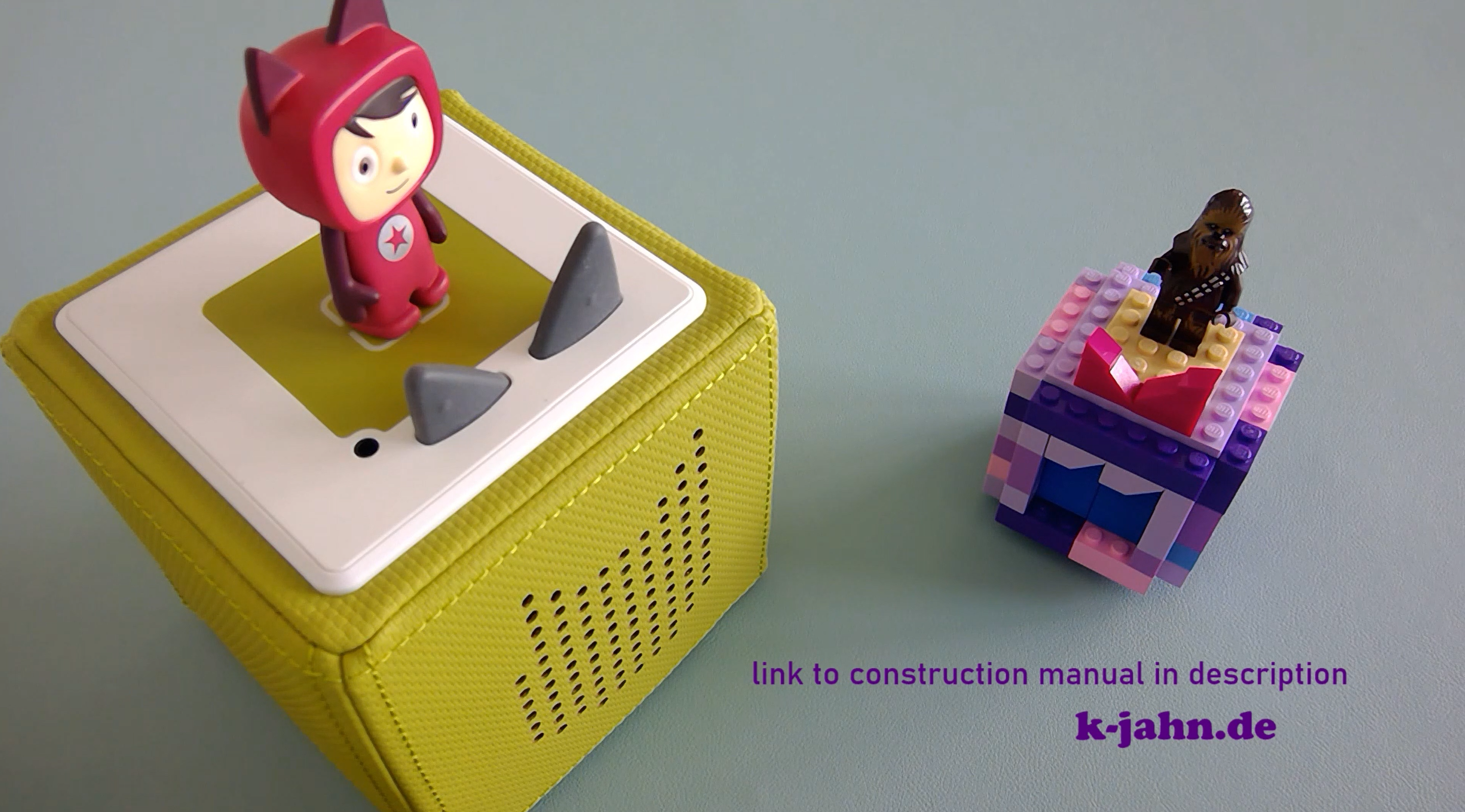Most of the research regarding knowledge management has some relation, be it directly or not, to Michael Polanyi’s book »The Tacit Dimension«[1], published in 1966. He was a polymath born in Hungary, who published thoughts and works in fields across economics, philosophy and physical chemistry.
»The Tacit Dimension« is divided into three different lectures. The first one is called Tacit Knowing and the author explains that all knowledge is rooted in and consists of comprehension. The second lecture with the title Emergence deals with the structure of tacit knowledge and that it determines the structure of comprehensive entities. In the final part with the name Society of Explorers he discusses the major influence of the scientific skepticism and the moral perfectionism, which was suppressed by religious movements until the 20th century, to the intellectual, moral and social progress.
As I mentioned before the whole book is very interesting and nice to read. I strongly recommend it to anyone interested in this field. For this entry I would like to focus on the first lecture in the book, as that is a strong influence to my studies.
we can know more than we can tell.
Page 4
Polanyi has a simple example what tacit knowledge is: When you walk around in the city, you might meet hundreds of people you have never seen before. But still, the moment there is someone you know, you recognize the person. Have you ever asked yourself how or why?
Polanyi defines four different aspects of tacit knowing:
- The functional structure of tacit knowing is the attendance from features to a target. We recognize people (target), because we are aware of their looks (features).
- The phenomenal structure of tacit knowing has a lot to do with apprehension. We are aware that we would recognize people on the street, if we meet them.
- The semantic aspect of tacit knowing tends to displace all meaning away from ourselves. If we use a tool, and we are accustomed to it, we locate the tool’s effect (the meaning of its impact) on ourselves (e.g., our hand).
- The ontological aspect of tacit knowing establishes the relation of what the knowledge the tacit knowledge is. This helps us understanding the comprehensive entity from relying on our awareness of its particulars. Once we recognize someone, we are aware to know that person.
Then Polanyi continues and explains that we can influence our tacit knowledge by practicing. If you start learning to play the piano, you have to concentrate to push the right keys with the right pressure and timing. Professional piano players push the right keys on the piano in an incredible speed while playing a piece. Musicians refer to it as “the fingers know their way”. If the player tries to focus on every aspect and to conscious play the piano, mistakes of many different kinds would arise. The player would lose (temporally) the naturalness. That counts for many thing we do in our everyday life: Walking, driving a car, typing on a key board, etc.
This action of rehearsing until something becomes tacit knowledge is called internalization. We gain the naturalness by practicing and comprehending the actions. There are many examples in our everyday life for this, like riding a bike or throwing a ball.
Throughout the whole book Polanyi adds many different views on the tacit knowledge. It is extremely well and interesting written; theories and ideas are explained in very colorful examples that are easy to comprehend.
[1] Michael Polanyi, »The Tacit Dimension«. London: Routlefge & Kegan Paul, 1966.



4 Comments
Ricardo · August 11, 2010 at 1:44 pm
Polanyi is indeed a nice read. Let me just point out a small but important mistake: I am not entirely sure but I think Polanyi affirms that “we know more than we can tell” and not that we “can” know more. His original quote is thus stronger which adds more significance to it.
Anyway, I wish we could learn more from such works and thoughts such as his. Another prominent author in this field (education, actually) is Dewey, from an even older time period. Many of his contributions to the educational aspects and practices to enhance practical learning (the now well known “learn-by-doing” term) are even to this day not widely used.
Karsten · August 12, 2010 at 1:22 pm
“I shall reconsider human knowledge by starting from the fact that we can know more than we can tell.”
That’s the whole sentence, the last paragraph on page four starts with. It is usually quoted without the first ‘can’. Anyway, the message stays the same.
Ricardo · August 12, 2010 at 1:31 pm
Ok, my bad then.
Interesting that there are many misquotes on this out there. One could guess that some people are actually not really reading his work.
Knowledge… what is that? « Open Minded · November 4, 2010 at 1:08 pm
[…] insight. Knowledge is always something individual, which you sometimes cannot even express (tacit knowledge). Relating information to personal experience or understanding creates new knowledge, this process […]